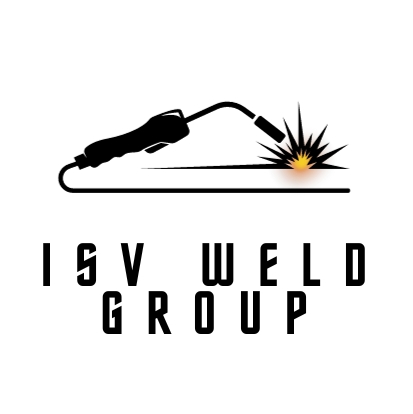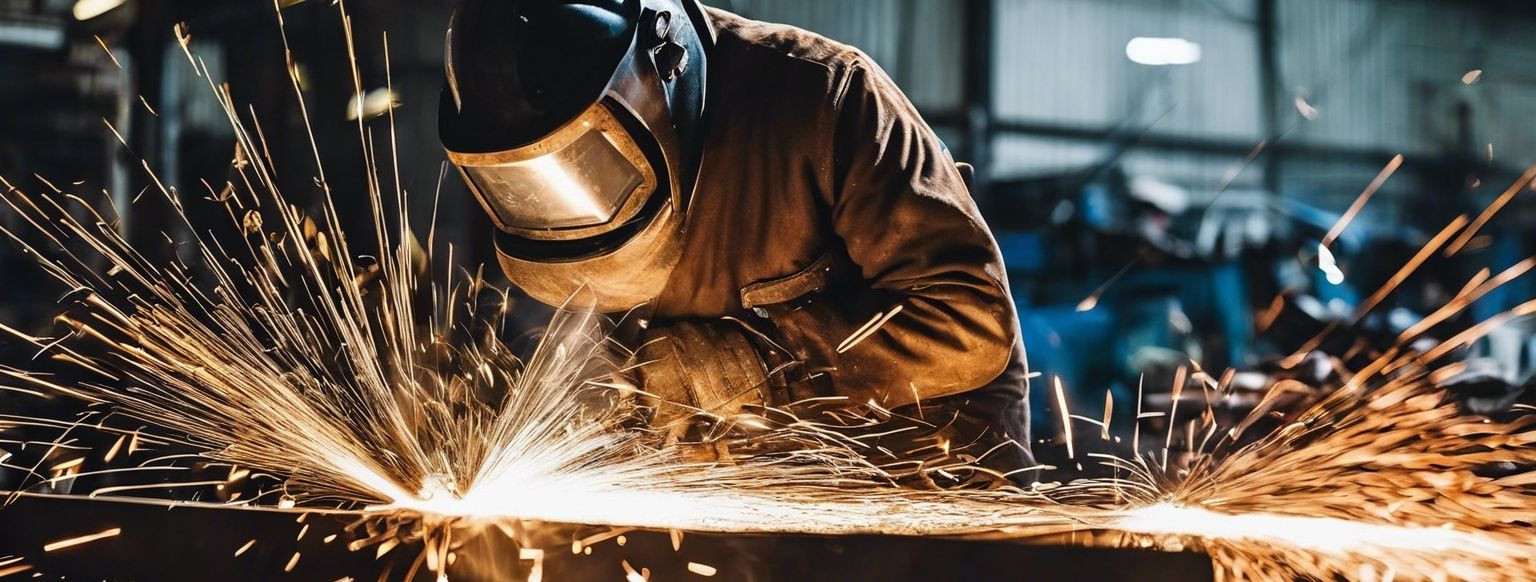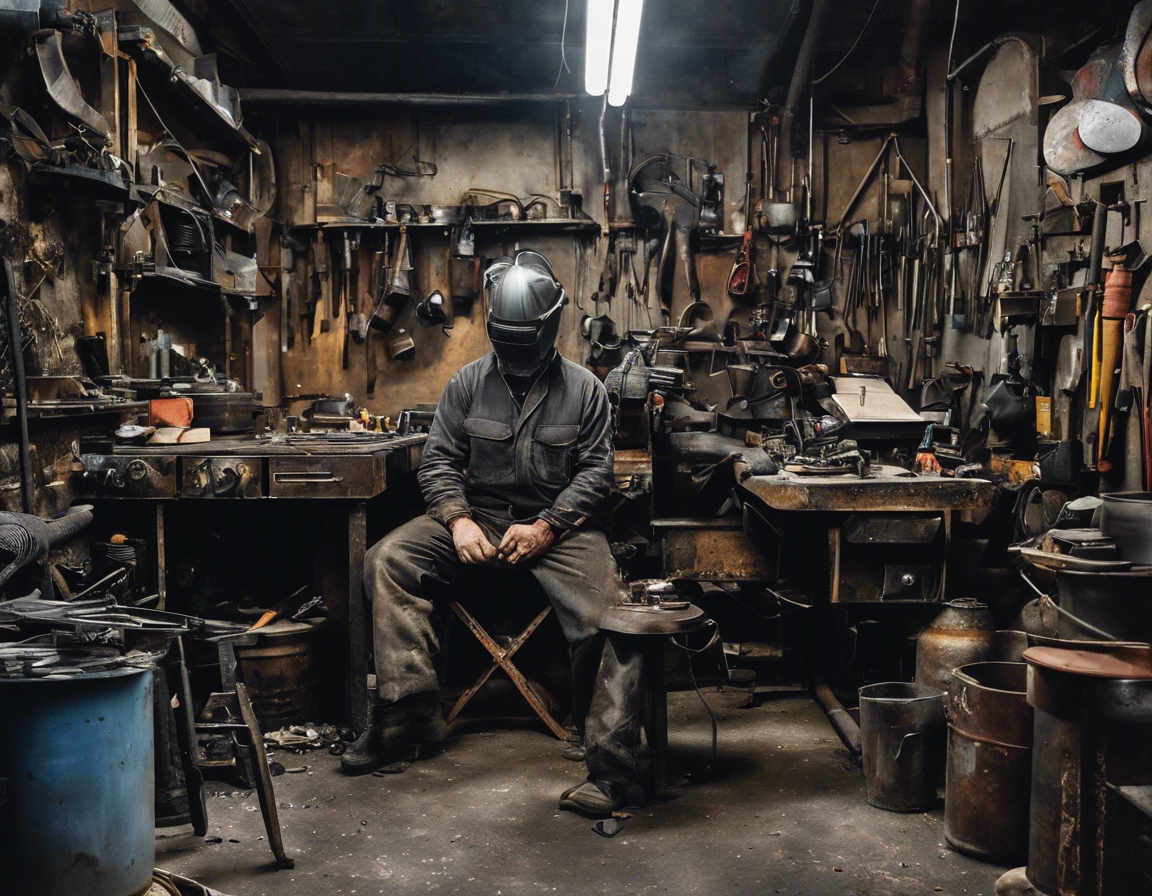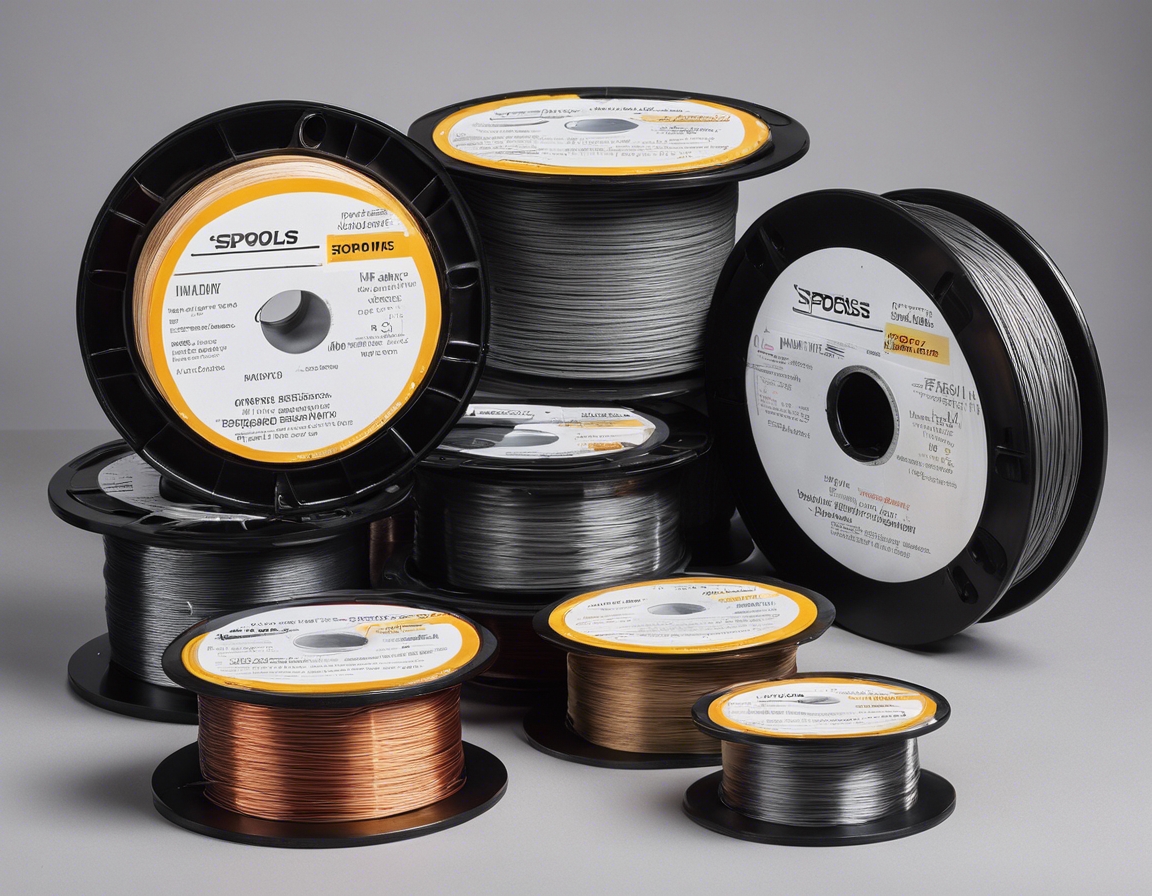Understanding the importance of quality control in welding
Quality control in welding is a critical aspect of the fabrication process that ensures the integrity and performance of the welded structures. It involves a series of actions and considerations that aim to maintain the quality of the welds at the highest possible level. This is crucial for construction companies, industrial manufacturers, and infrastructure projects that rely on the strength and safety of their welded structures.
Quality control measures in welding are not just about meeting the minimum requirements; they are about exceeding industry standards to deliver superior results. This commitment to quality can significantly affect a company's reputation, project success, and overall safety.
The Pillars of Quality Control in Welding
Choosing the right materials is the foundation of high-quality welding. This includes not only the metals being joined but also the filler materials and consumables used in the welding process. Material compatibility, strength, and durability are all factors that must be considered.
Skilled and certified welders are essential to achieving quality welds. Ongoing training and certification ensure that welders are up-to-date with the latest techniques and standards.
Standardized welding procedures help maintain consistency and quality across all projects. Compliance with these procedures is mandatory for ensuring the reliability of the welds.
Inspection and testing are critical components of quality control. Non-destructive testing (NDT) methods, such as ultrasonic testing, radiography, and magnetic particle inspection, are used to detect any defects or irregularities in the welds without damaging the components.
Keeping detailed records of all welding activities is essential for traceability and accountability. Documentation includes records of materials, welder qualifications, inspection results, and compliance with procedures.
Challenges in Welding Quality Control
The variety of welding techniques and the complexity of the processes can pose significant challenges in maintaining quality control. Each method requires specific expertise and attention to detail.
External conditions such as temperature, humidity, and contamination can affect the welding process and the quality of the welds. Controlling these factors is essential for achieving the desired outcomes.
As technology evolves, so do the tools and equipment used in welding. Staying abreast of these advancements and incorporating them into quality control practices is vital for maintaining a competitive edge.
Best Practices for Ensuring Welding Quality
Following recognized industry standards and obtaining relevant certifications are fundamental to ensuring welding quality. These standards provide a benchmark for measuring the quality of work.
Investing in the continuous education of welding personnel can lead to better quality control and improved welding techniques.
High-quality equipment is essential for accurate inspections and testing. Investing in the right tools can prevent defects and ensure the longevity of the welds.
A structured quality management system can streamline processes, reduce errors, and enhance overall quality control in welding operations.






Comments (0)